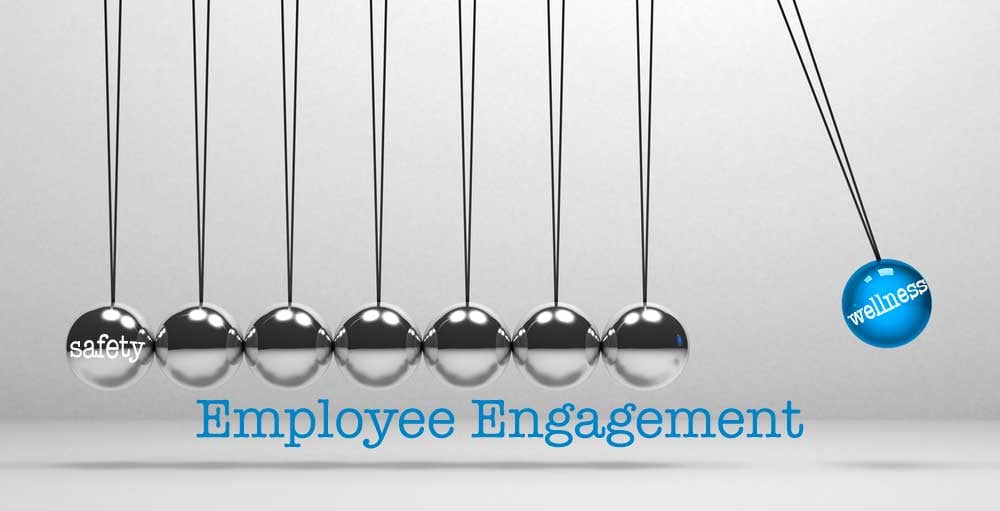
Our CEO, Brian Galonek, gave the Keynote Address to the Institute of Electrical and Electronics Engineers (IEEE) virtual conference, outlining the strategic path to employee engagement, and how increased engagement impacts safety and wellness.
Even industries that are primarily run by machines are managed by human beings who created and operate those machines. In any industry, human beings will perform at higher levels when effectively motivated and engaged.
Most managers are not born motivators; they need training and tools. Managers can account for up to 70% variance in team engagement, yet only 14% of organizations provide managers with those tools.
Engagement and Wellness & Safety
The links between wellness and safety include:
- Obesity leads to sleep apnea
- Sleep apnea leads to tired driving
- Tired driving leads to accidents
- The absence of a company-sponsored wellness program lowers morale
- Lower morale leads to less team building & increases turnover
- High turnover stresses other works and leads to less safe work
The World Health Organization reports that 36% of an individual’s health is determined by personal behavior. Wellness programs provide an opportunity to improve engagement and reduce health-related costs. Employees spend huge chunks of time at work. Recognizing and rewarding employees for changing behaviors that they can control helps to reduce company insurance costs and sick days and ultimately improves the health of the employee.
Some of the ways in which companies can engage employees through wellness programs can include things like offering rewards for taking quizzes after presentations or offering points (that can be redeemed for prizes later) for viewing videos on stress-relief practices such as yoga or meditation.
Proactively engaging employees is also a means of improving safety. In addition to recognizing and rewarding easily measured events like accident-free periods, there is an opportunity to reward employees for sharing “near miss” stories. Often hearing about how an accident almost happened but was avoided is valuable information. A structured employee recognition program that encourages sharing this type of information will improve safety and build engagement.
Where to start?
Presenting the costs of less healthy or safe workplaces vs. the financial benefits of increased engagement to management as they relate to wellness and safety is a good place to start:
- $176.9 billion: the cost to the U.S. employers and individuals from work-related deaths and injuries
- 3,783: the number of unintentional fatal work injuries each year
- 100,000,000 days: total time lost to work injuries
Properly designed employee incentive, reward, and recognition programs enjoy a 4:1 return on investment; that alone may capture the attention of any C-Suite.
It’s important to partner with an experienced firm that can ensure that the programs are effective, that the company goals are met, and all of the benefits of an engaged workforce are maximized. Management teams that attempt to design employee programs in-house may experience unintended consequences that are avoided with guidance from an incentive professional.
To get started incorporating employee engagement strategies into your wellness and safety programs, contact us today!


